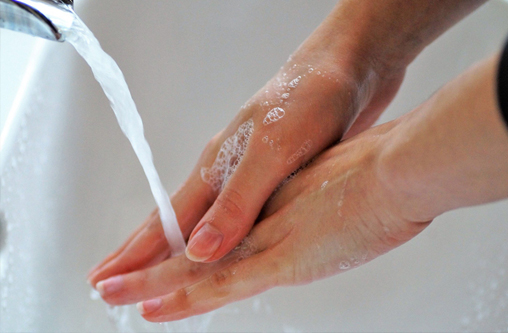College of Optometrists Guidance
Ensure that you are familiar with the College of Optometrists COVID 19 clinical guidance which is regularly reviewed and updated
https://www.college-optometrists.org/clinical-guidance/covid-19-clinical-guidance#
Personal Protection Equipment (PPE)
Primary care practices should not be seeing patients with symptoms of COVID-19.
We recommend that, to preserve supplies of PPE and not require people to make visits to the practice unnecessarily, you should conduct a virtual consultation in the first instance.
NHS supply of PPE for optical practices has been implemented nationally and can be accessed by the portal which can be found here.
Distancing and scrupulous hand-washing remain essential. The new guidance now recommends that clinicians should assess risk of infection to themselves and their patients. For the direct care or assessment (within 2 metres) of a patient or resident that is not currently a possible or confirmed COVID-19 case they should wear. PPE should always be worn before entering the room where the patient is, put the PPE on in the following order
-
- single use disposable plastic apron
- fluid resistant surgical mask (sessional use, based on risk assessment)
- reusable face or eye protection (sessional use, based on risk assessment)
- single use gloves
Public Health England have produced a poster for clinicians which can be displayed in practices:
https://assets.publishing.service.gov.uk/government/uploads/system/uploads/attachment_data/file/878056/PHE_COVID-19_visual_guide_poster_PPE.pdf
Latest College of Optometrist guidance on COVID-19 and PPE in particular can be found on their Update page:
https://www.college-optometrists.org/the-college/media-hub/news-listing/coronavirus-2019-advice-for-optometrists.html
Putting On (Donning) and Removal (Doffing) of Personal Protective Equipment
Public Health England have produced guidance for putting on and removing personal protective equipment, these resources can be used in optical practices as posters to provide a reminder for staff.
https://assets.publishing.service.gov.uk/government/uploads/system/uploads/attachment_data/file/875211/Putting_on_PPE_for_non-aerosol_generating_procedures_quick_guide.pdf
https://assets.publishing.service.gov.uk/government/uploads/system/uploads/attachment_data/file/875212/Taking_off_PPE_for_non-aerosol_generating_procedures_quick_guide.pdf
Clinicians using PPE should watch the video below before using PPE:
https://www.gov.uk/government/publications/covid-19-personal-protective-equipment-use-for-non-aerosol-generating-procedures
PPE Waste Disposal
Waste from possible cases and cleaning of areas where possible cases have been (including PPE, disposable cloths and tissues):
- Should be put in a plastic rubbish bag and tied.
- The plastic bag should then be placed in a second bin bag which is tied when full. You may choose to use a large pedal operated bin for the second bin bag.
Waste should be stored safely and kept away from area’s where staff may come into contact with it. You should not put your waste in communal waste areas until the waste has been stored for at least 72 hours.
If storage for at least 72 hours is not appropriate, arrange for collection as a Category B infectious waste either by your local waste collection authority if they currently collect your waste or otherwise by a specialist clinical waste contractor. They will supply you with orange clinical waste bags for you to place your bags into so the waste can be sent for appropriate treatment.
Infection Control – Hand Hygiene

It is still essential to ensure scrupulous hand hygiene at all times. You should also continue to maintain a high standard of infection control every time. Clean the consulting room door handle, computer keyboard, slit lamp joystick and clinical area regularly with an alcohol wipe. The resources below give further advice on hand hygiene.
https://www.nhs.uk/live-well/healthy-body/best-way-to-wash-your-hands/
https://assets.publishing.service.gov.uk/government/uploads/system/uploads/attachment_data/file/877530/Best_Practice_hand_wash.pdf
https://assets.publishing.service.gov.uk/government/uploads/system/uploads/attachment_data/file/877529/Best_Practice_hand_rub.pdf
Notification Protocol
Steps to take if optical practice is unable to deliver service due to staff absence or a period of closure.
At the earliest opportunity where a period of non-service delivery occurs the optical practice should notify Primary Eyecare Services at hello@referral.support or via the help bubble on the Opera platform. Further information will be requested regarding the situation of the practice.
Practice should put sign at entrance (as well as on your website) instructing patients trying to access First Contact Services (E.g. MECS or CUES) where to find contact details for alternative optical practices (e.g. Primary Eyecare website), where possible.
A telephone answer machine message should include details of where alternative practice contact details can be found (e.g. Primary Eyecare website), where possible.
Where a practice remains open but a practitioner is unavailable then alternative arrangements must be made for the patient by another optical practice.


